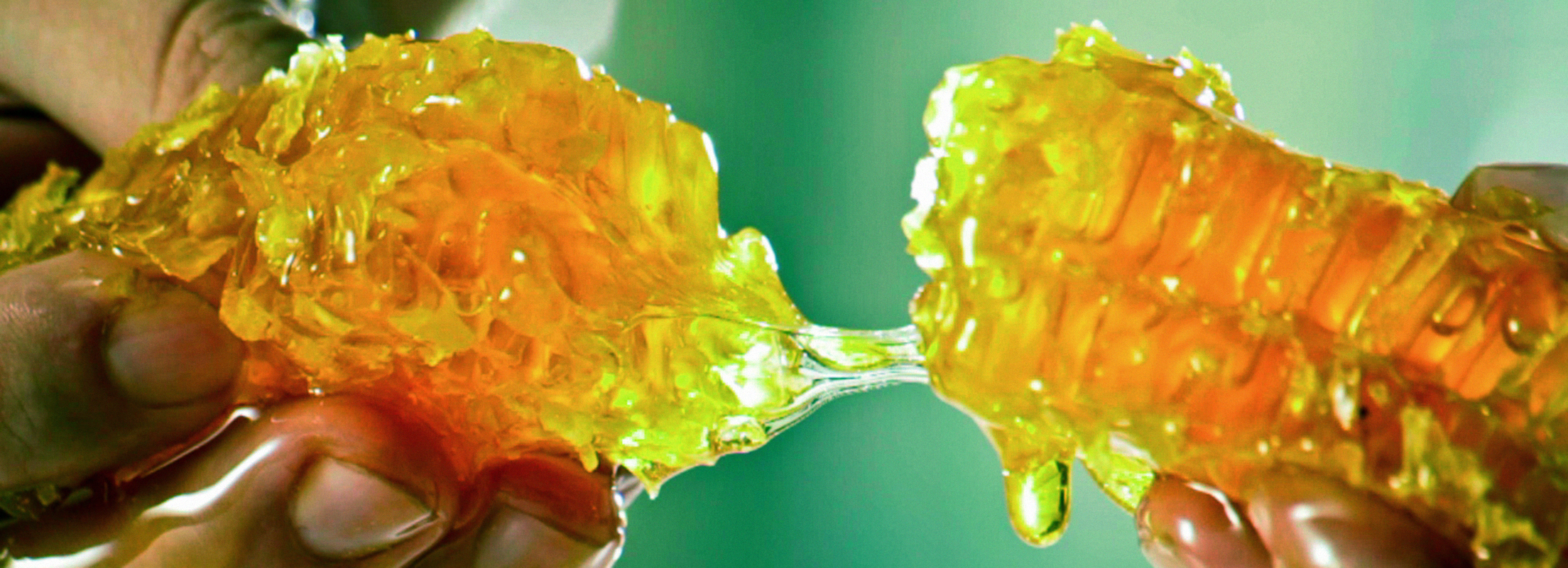

A combination of fresh ingredients, traditional recipes and savoury spices creates sweet and salty delicacies which are guaranteed to please the palates of even the most discerning gourmands.A variety of salty treats made of meat, milk, vegetables and fruits are served as appetisers (“meze”), snacks or as a side dish.
No meal in Serbia is complete without something sweet to top it off. Jams, a fruit preserve known as “slatko” and many other fruit-based treats occupy a treasured spot on every family’s dining table.
This rich creamy delicacy from Serbia has been made in the same way for centuries. Milk is boiled on a slow-burning fire and the cream, which builds on its surface, is skimmed, salted and layered in a container.It is eaten with a Serbian corn bread called “proja” or just regular bread for breakfast or as an appetiser and is served with grilled meats, potatoes or even fish. It is an essential ingredient of “gibanica” cheese pie, salty filo pies, the Užice flat bun and other local pastries.
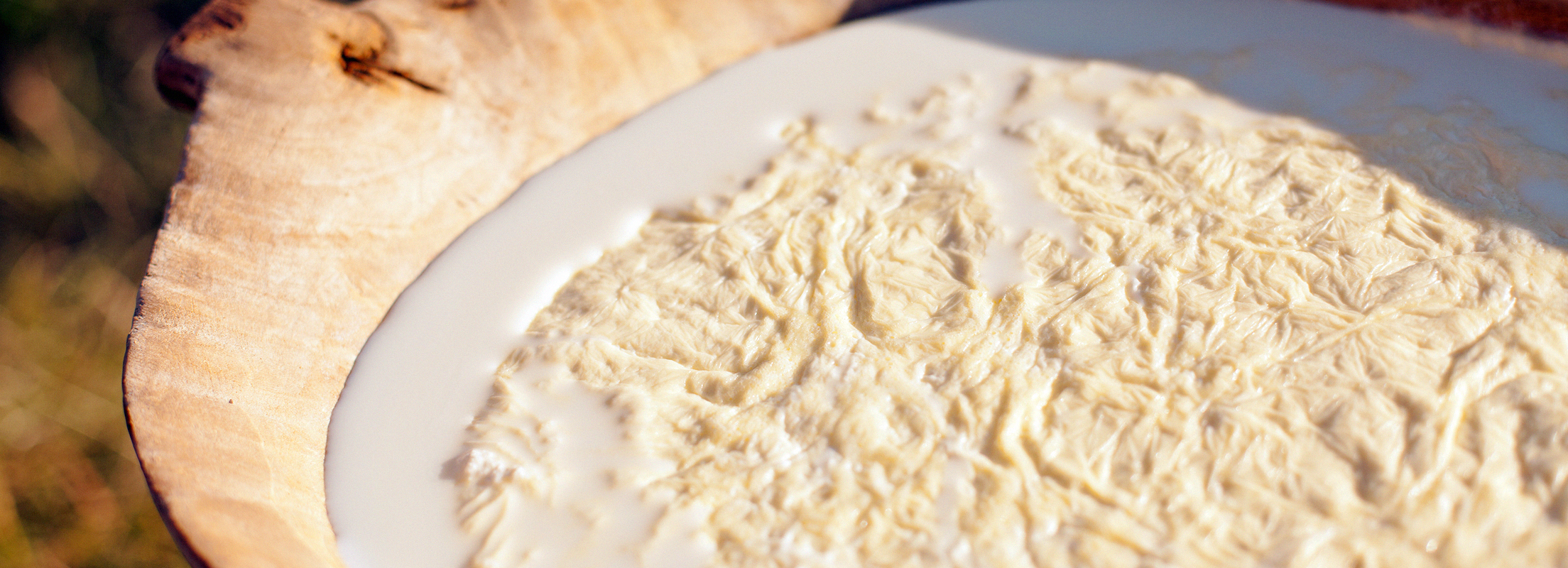
When juicy red bell peppers are roasted, skinned and boiled with oil and salt and then mixed with vinegar, you get the tangy spread called ajvar. Depending on the type of pepper, ajvar can be sweet or spicy. It’s usually eaten with bread or traditional fried dough balls called “uštipci” for breakfast or as a side dish with the main course.
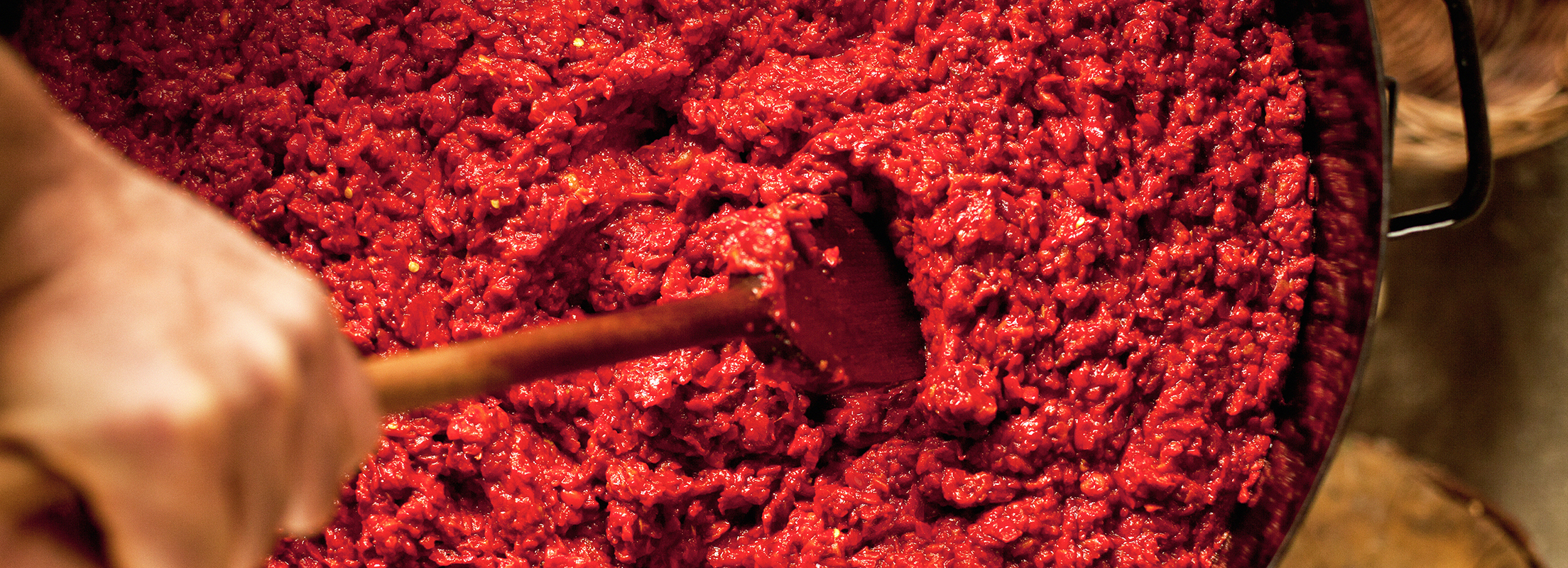
The tradition of dairy farming in Serbia dates back to the ancient times. It is known that cheeses and other dairy products were a mainstay of medieval Serbian cuisine. Today it can safely be said that the Serbian love of cheese has not waned in the slightest.
No wonder, then, that every region of Serbia has its own recipes for aged, fresh, hard and soft cheeses. Perfect natural conditions for cattle grazing have helped create cheeses of unrivalled taste and superior quality, which cannot be reproduced elsewhere or under different conditions. This is why Serbia boasts several cheeses with protected designation of origin, including Stara planina caciocavallo and Pirot caciocavallo, Sjenica white cheese and Zlatar white cheese.
The caciocavallo, or kashkaval, from Stara planina mountain has become a staple of south-east Serbian cuisine. A combination of ewe’s and cow’s milk makes for a light-yellow cheese with a slightly sour and sharp taste, which goes perfectly with cured meats (and is therefore often served with “meze” appetisers and rakija fruit brandy).
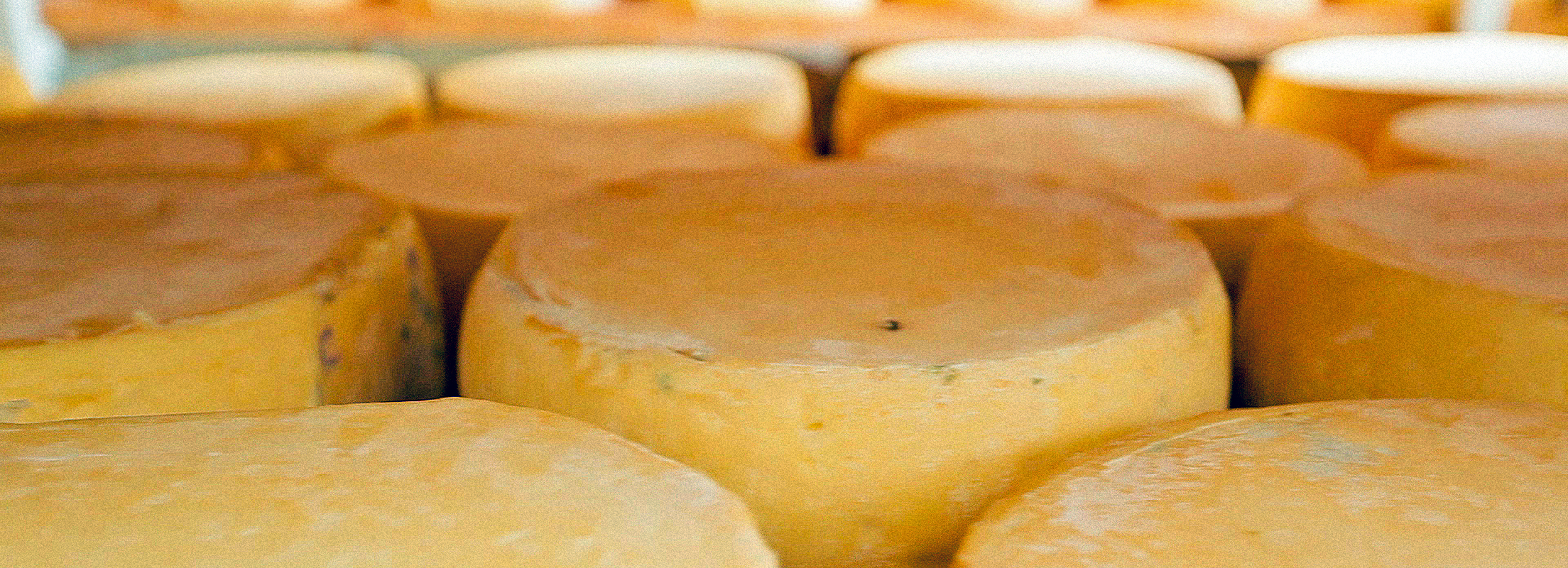
Cattle grazed on the meadows of the Sjenica-Pešter Plateau give superb-quality milk. Dairy and meat products from the town of Sjenica have found their way to the dining tables all over Serbia. A firm favourite with the locals and their guests is Sjenica brined cow milk cheese which has a protected designation of origin.
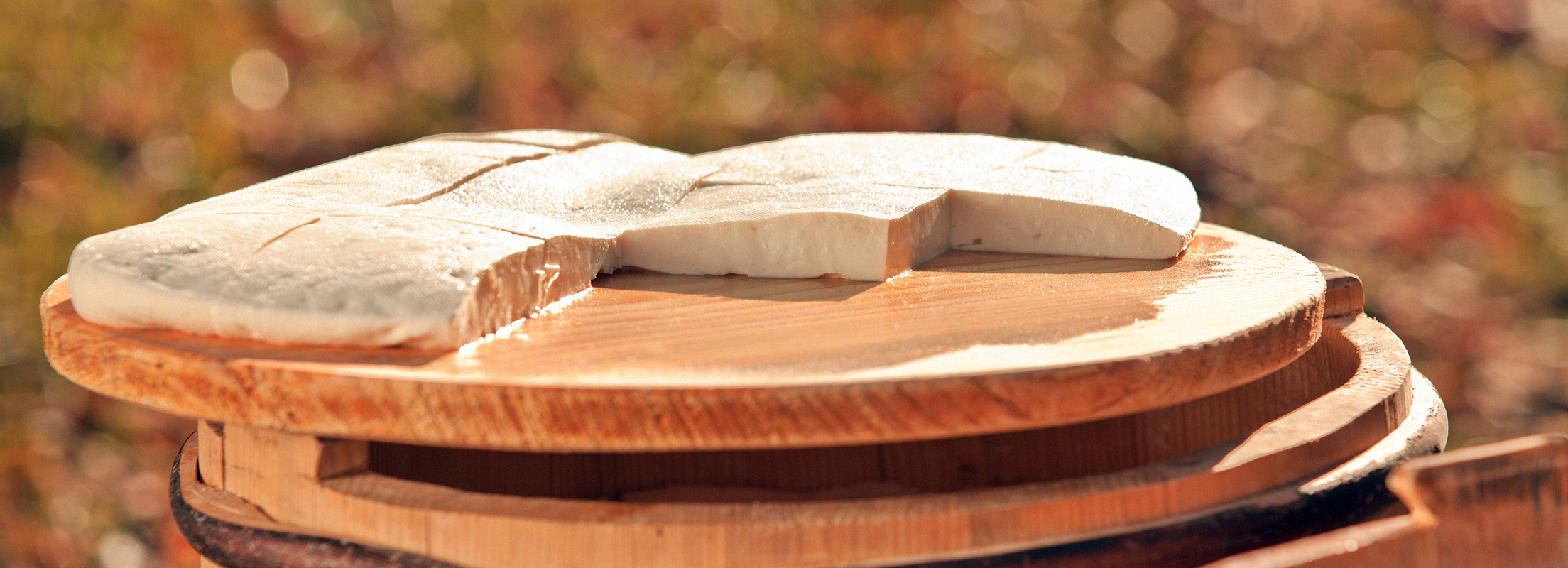
It is hard to imagine the central meal of the day in the region of Mt. Zlatar without the famous Zlatar white cheese. It is served as an appetiser (“meze”) before dinner or combined with other foods to create various treats. Zlatar white cheese and buckwheat filo dough are the main ingredients of “heljdopita” (buckwheat filo pie) - a delicacy unique to this region.
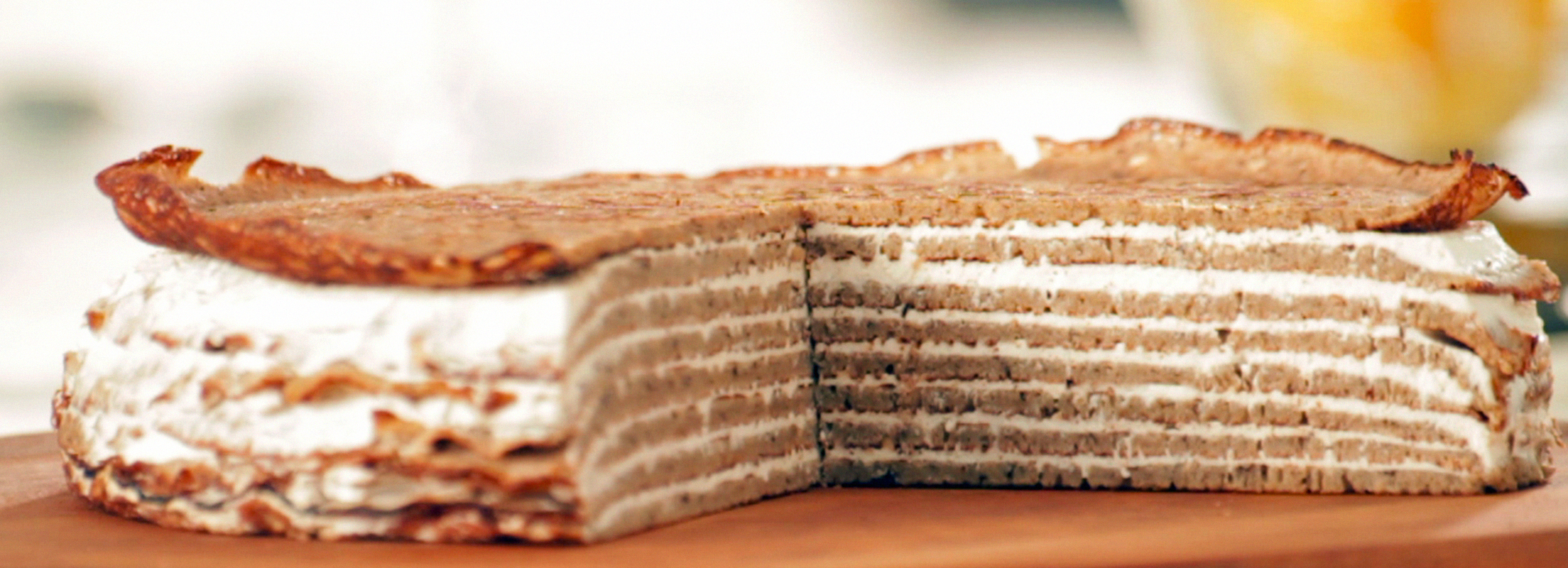
Pirot caciocavallo is still made according to the same recipe that our ancestors used centuries ago. Its only ingredients are milk and salt, but the unique production and preservation technology give it its inimitable texture. Although it is officially a hard cheese, it melts in the mouth like butter, gradually releasing an unrivalled taste that lingers long on the tongue and in the memories of visitors to the region.
Nothing can build up an appetite quite as good as various cured meats. Made from only the best pieces of red meat and spiced according to family recipes, Serbian cured meats are either smoked or air-dried, which gives them their superior taste and ensures long shelf life.
The region of Pirot is home to another Serbian delicacy – the famous flattened sausage, which tickles gourmands’ fancy both with its superb taste and its unusual shape. This air-dried sausage is made from the best pieces of veal, lamb and goat meat and various spices and herbs. Its unique flattened appearance is due to daily flattening with a glass bottle, to push air out of the sausage.
Užice veal ham, for which the village of Mačkat and its wider area have become known, is made exclusively with veal. Apart from its striking pink colour and distinct flavour it also has a unique beech aroma, as it’s still cured the traditional way - smoked on beech wood.
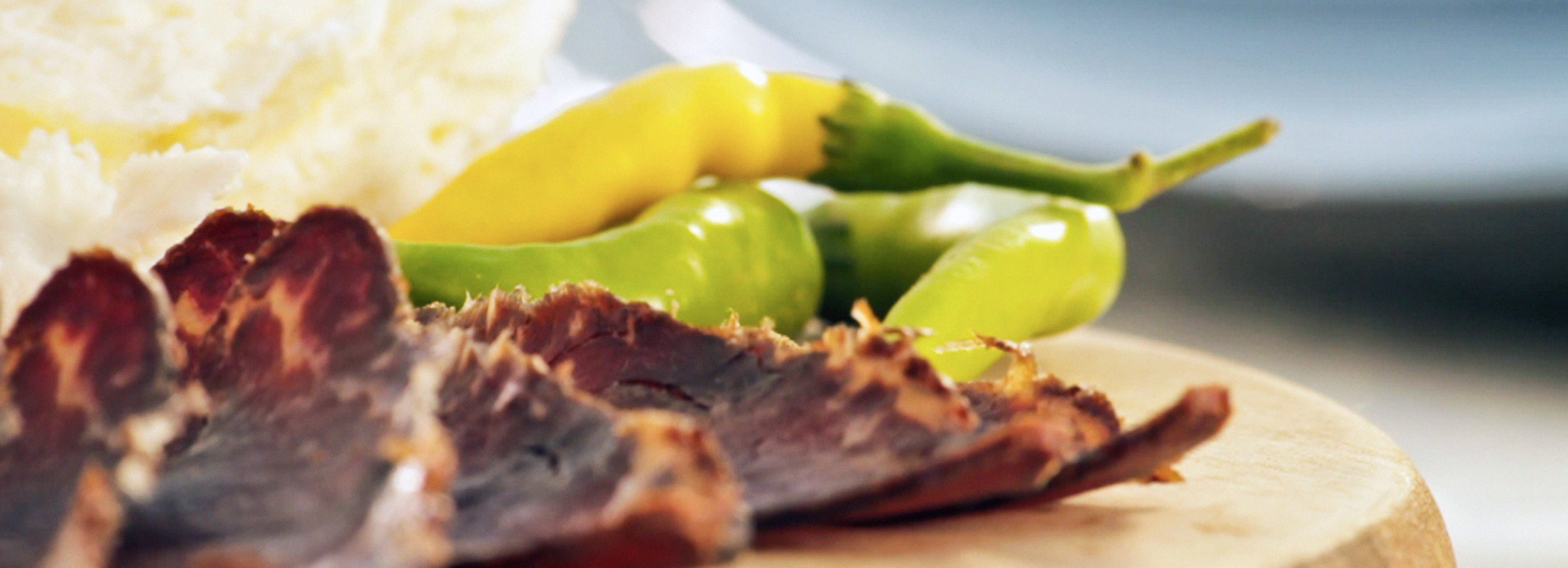
This minced-meat sausage spiced with red peppers is an ideal starter to whet your appetite and is why it’s often served as “meze”. Kulen sausages differ in size and spiciness; the one held in highest regard is Petrovački kulen, with protected designation of origin, also called the “dragon sausage” because of its extreme pungency.
Sjenica sudžuk is a smoked sausage made from only the best pieces of mature beef from the Sjenica-Pešter plateau. It exudes the scent of the open fireplace where it is cured, while the flavour of ripe beef is complemented with salt, garlic and red paprika. Sjenica sudžuk is immediately identifiable due to its unique horseshoe shape.
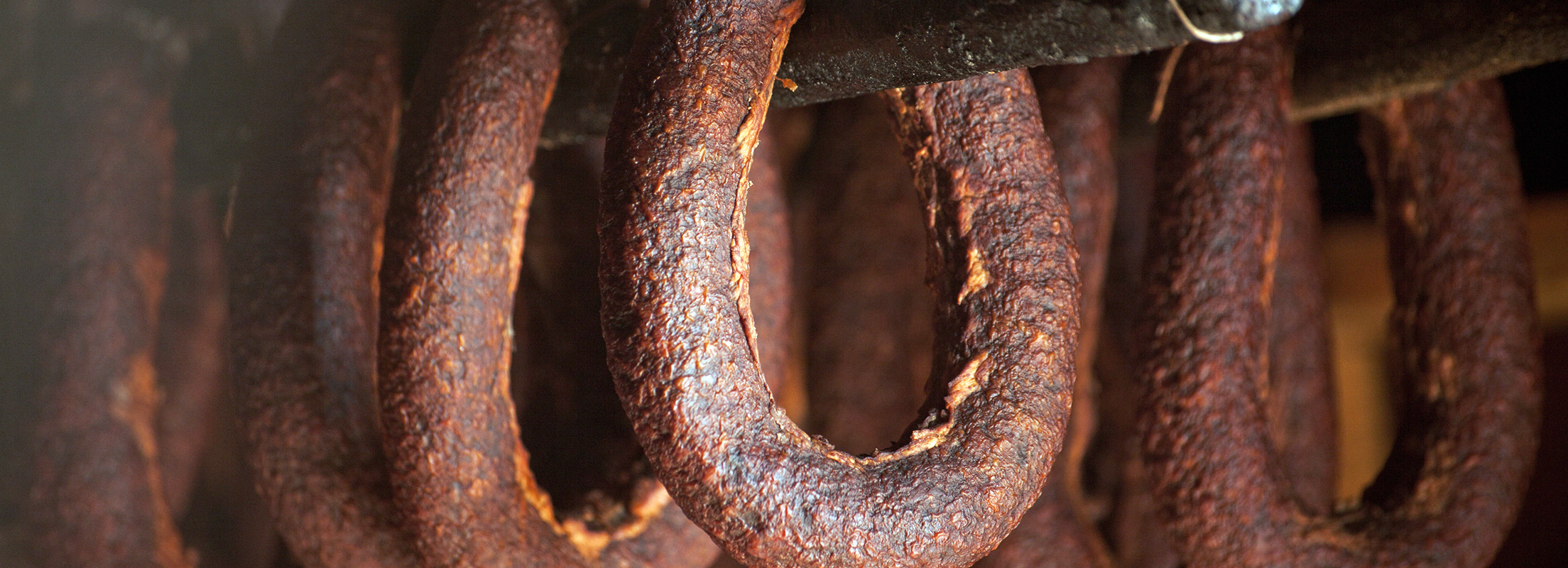
When you mix pork meat and bacon and boil it in a huge pot, you get razor-thin tobacco cracklings. Traditionally locals consider the drier it is, the better! Tobacco cracklings are often eaten with warm bread and fresh onions or garlic.
Apart from their many savoury delicacies, the people of Serbia also make delicious traditional sweets, served for breakfast, a snack or as a dessert to round off a meal.
Fruit-growing has a long tradition in these parts. Indeed, Serbia is one of the world’s largest exporters of raspberries, apples and plums. Juicy and tasty, full of vitamins, fruits grown in Serbian orchards have gained international recognition and can be found on dining tables all over the world. Fruit is enjoyed fresh as well as used as an ingredient in various pies and cakes or turned into jam or a sweet preserve called “slatko”.
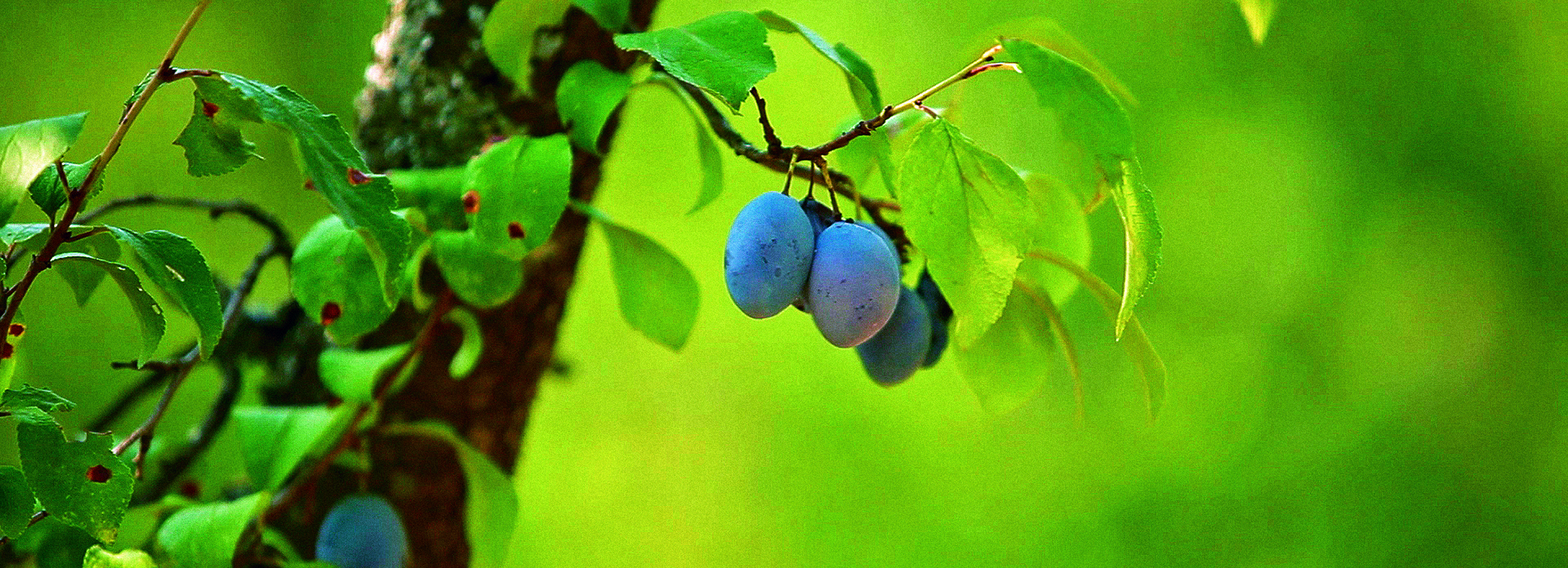
Slatko, an authentic Serbian treat, is made by cooking fruits, water and sugar on a slow-burning fire. Slatko must be stirred carefully, so as not to break the fruit up too much. The end result is a delicious syrup with chunks of fruit. In Serbia its customary to welcome guests with slatko and water, to help them refresh from a long journey. Slatko is also used as an ingredient in many types of cakes.
Homemade Serbian jams are made from freshly-picked fruits. They are cooked in large quantities, poured in jars and used sparingly during the year. Be sure to taste the plum jam which is either enjoyed with bread and butter or added to cakes to heighten the flavour. In Serbia you can also taste delicious jams made of figs, raspberries, apricots and pears prepared according to traditional recipes, without any additives.
Serbia is one of the largest raspberry exporters in the world. Raspberries from the region of Arilje, with protected designation of origin, are held in highest regard in Serbian and foreign markets. Because of the high profits they bring to fruit farmers, raspberries are also known as “red gold”. They are used for fruit juices, jams and “slatko”, while the light and sweet-smelling raspberry cake is a feast for all senses.
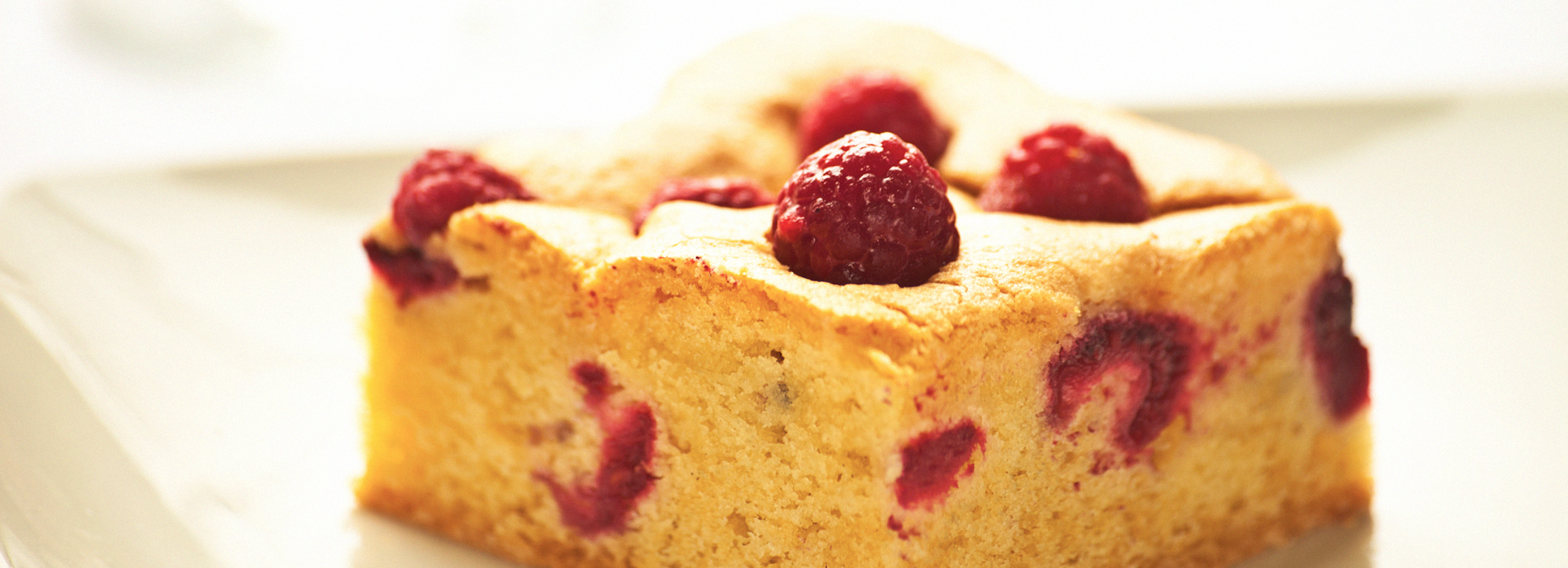
Plum has a special status in Serbia and many see it as a symbol of the country. It is hard to imagine a typical Serbian dining table without “šljivovica”, a local plum brandy. Plums are eaten in a myriad of ways - fresh, as prunes, in jams, in “slatko”, in cakes and pastries…A uniquely-tasting Serbian plum cake is made according to a recipe which has been passed down from generation to generation.
Kožara, kolačara, šumatovka, petrovača, budimka are just some of the many Serbian apple varieties grown in orchards across the country. Many in Serbia adhere to the age-old wisdom that an apple a day keeps the doctor away, thus eating the fruit to boost immunity and for a vitamin fix. Apples are also used in juices, cakes and delicious pastries, often with cinnamon.One of the most popular apple-based deserts is dry filo dough apple pie, which is made of thin layers of filo dough filled with ground fruits and cinnamon. The crunchy filo apple pie is locals’ favourite treat and can be found virtually everywhere – in restaurants, in bakeries and even in supermarkets.
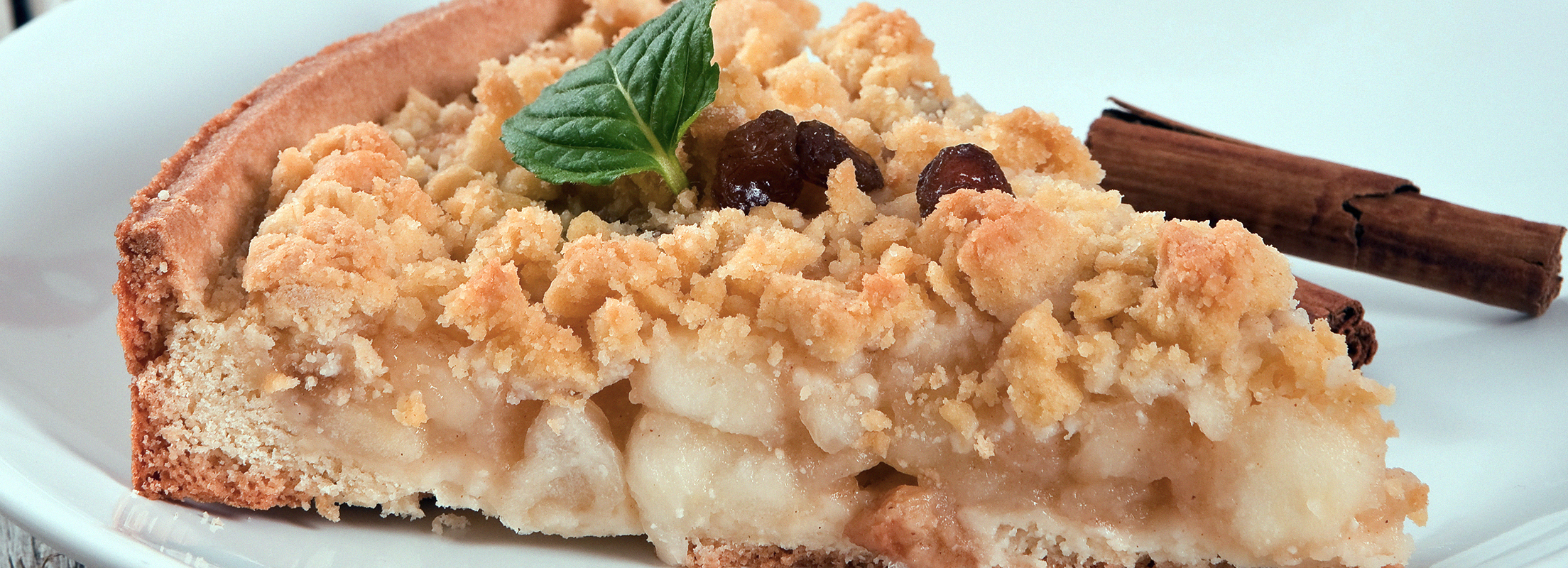
The superior-quality honey produced in Homolje mountains in the east of Serbia is often called “liquid gold”. People in Serbia like to start their day with a spoonful of honey and a glass of cold water, as honey is believed to be the source of health and vitality. Because of the many rare honey herbs which grow in Homolje mountains, this honey has a special quality to it, which is why it has been granted protected designation of origin.
